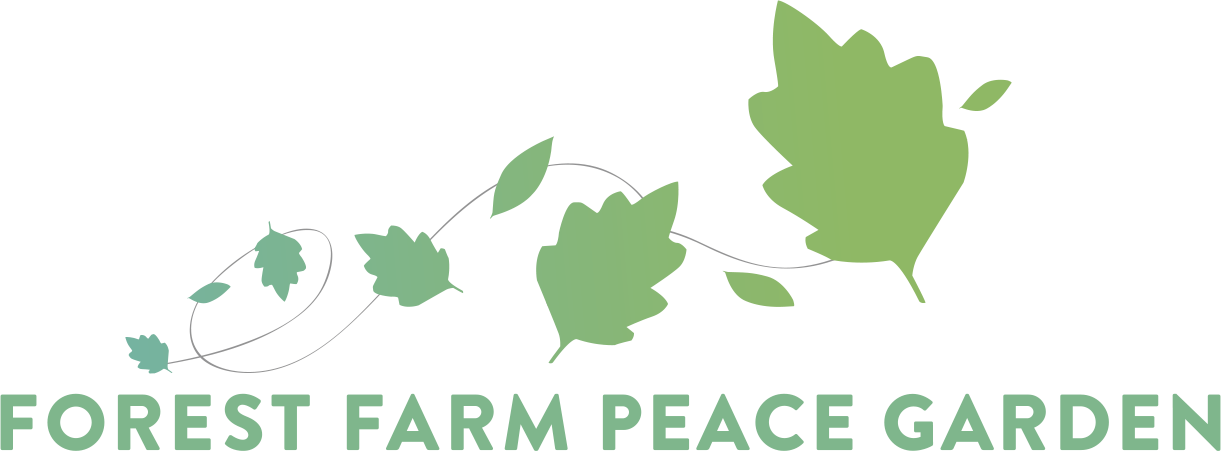A UK native found in fens, woodland, scrub and hedgerow throughout Europe, Central Asia and northern Africa, The common name 'guelder rose' relates to the Dutch province of Gelderland, where a popular cultivar, the snowball tree, supposedly originated. It is also very significant in Slavic cultures where it is known as Kalina or Kalyna. In ancient Slavic mythology it was associated with the birth of the Universe, the so-called Fire Trinity: the Sun, the Moon, and the Star. Its berries symbolize one's home and native land, blood, and family roots as well as representing a maiden’s beauty.
Lilac
The primary culinary use of lilac comes from its fragrant flowers. These can be added directly to salads where they lend a bitter-floral note, dipped in batter and made into fritters. They can be crystallised and added to cakes, biscuits, pies or rice dishes. The flavour works well with almonds. They are an unusual addition to stuffing or chicken dishes. They can be distilled into a syrup or infused in honey and this increases the versatility, being added to a range of desserts, drinks or yoghurt. Both the flowers and the leaves can be used to make a herbal tea.
Tulip
Tulip species tend to favour open habitats such as steppe and mountain pasture and are native from the Balkans and Greece eastwards across the Levant and Sinai Peninsula, Turkey, Mesopotamia, Persia and to the Tien Shan mountains of western China, which forms the centre of their diversity and probably represents the region where the genus first evolved. One species also appears to be native to northern Africa. They are commonly naturalised in orchards and open woodland across their range.
Violet
The young leaves and flower buds can be eaten raw or cooked and are usually available all through the winter. The leaves have a very mild flavour, though they soon become quite tough as they grow older. They make a very good salad, their mild flavour enabling them to be used as a base to support other stronger flavours. They can be used as a thickener when added to soups or similar. Flowers are also eaten raw, being commonly used to decorate salads and desserts and possess a sweet mild flavour with a delicate perfume. The flowers are also used fresh to flavour and colour confectionery. A soothing tea can be made from the leaves and flowers. Sweet Violet adds inimitable sweetness to desserts, fruit salads, and teas while the mild pea flavour of Heartsease combines equally well with sweet or savoury foods.
Hazel
Hazel has a reputation as a magical tree. A hazel rod is supposed to protect against evil spirits, as well as being a traditional material for the creation of wands for witches. The twigs are used as dowsing rods by water diviners. In some parts of England, hazelnuts were carried as charms and/or held to ward off rheumatism. In Ireland, hazel was known as the 'Tree of Knowledge’ said to grow around the well of inspiration, and in medieval times it was a symbol of fertility.






